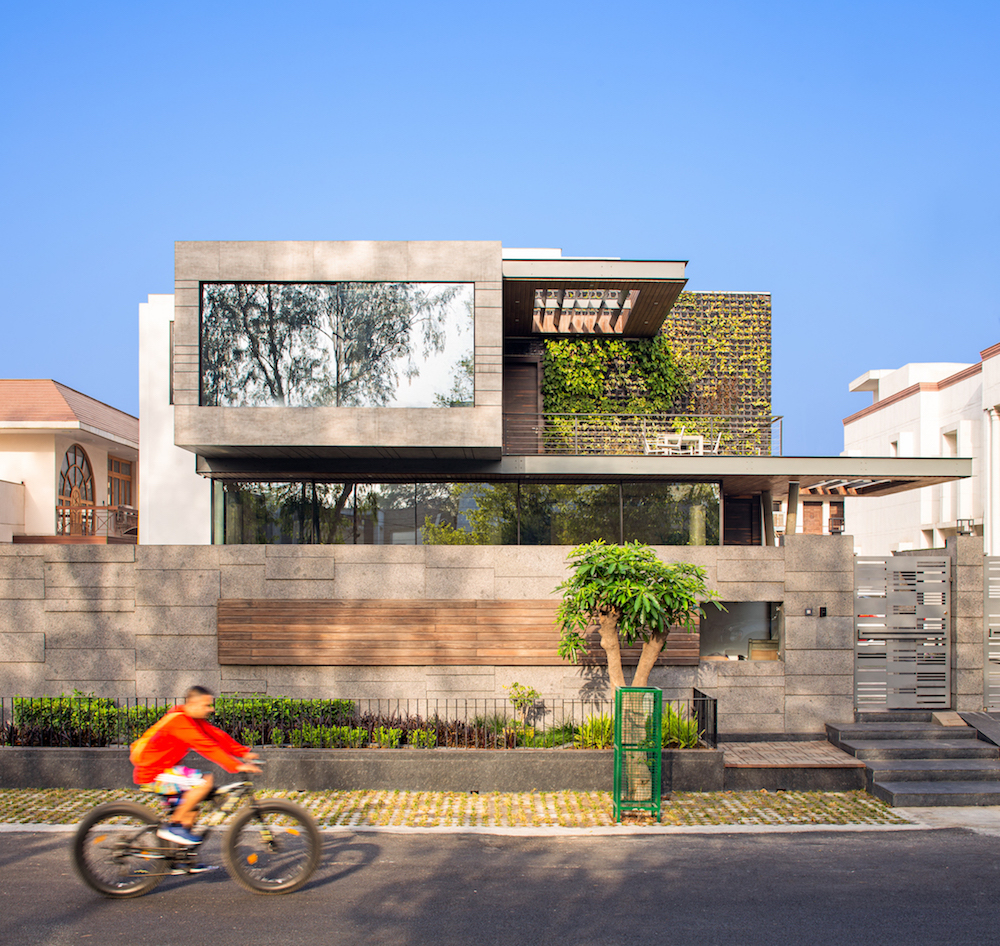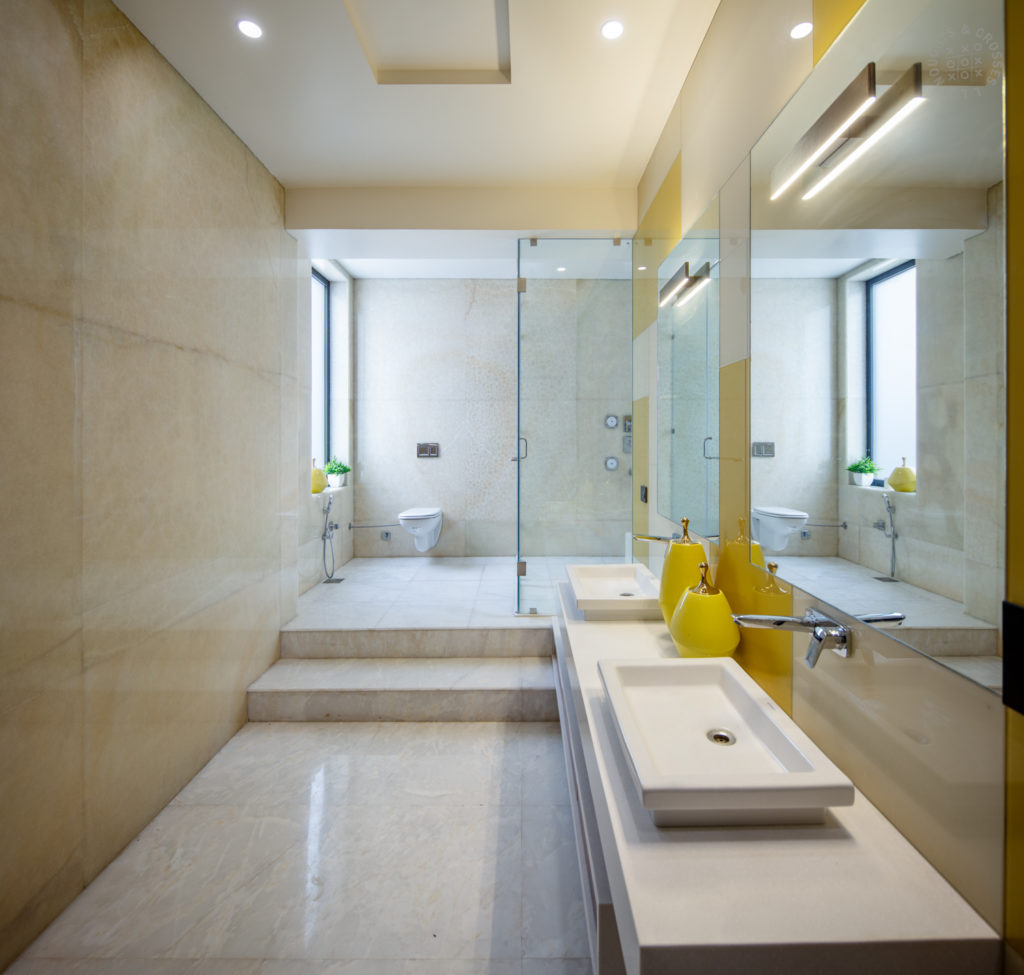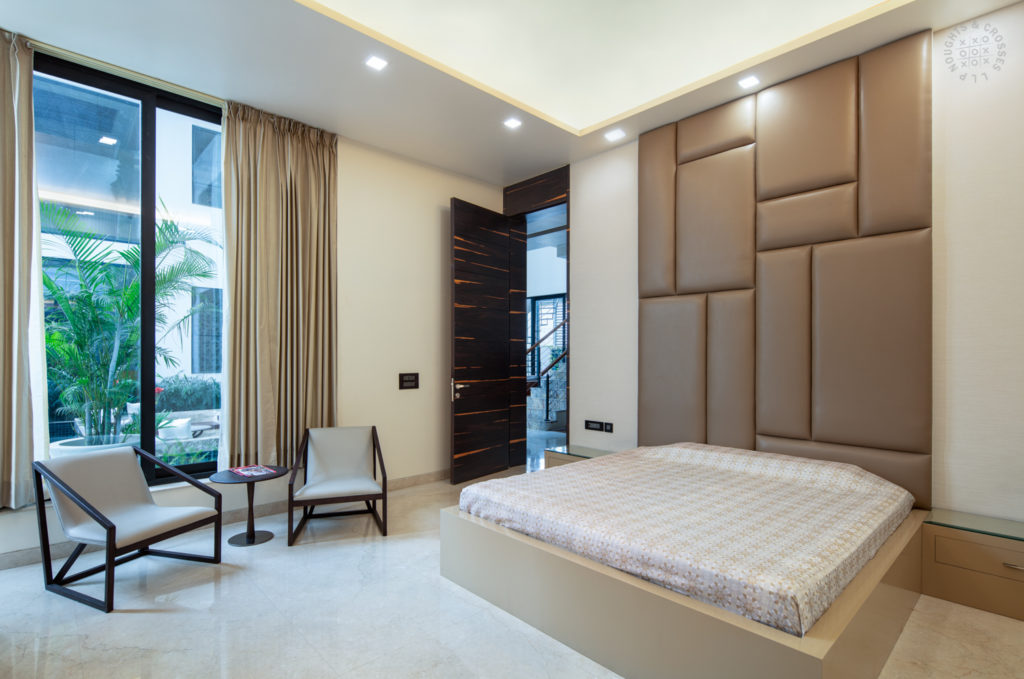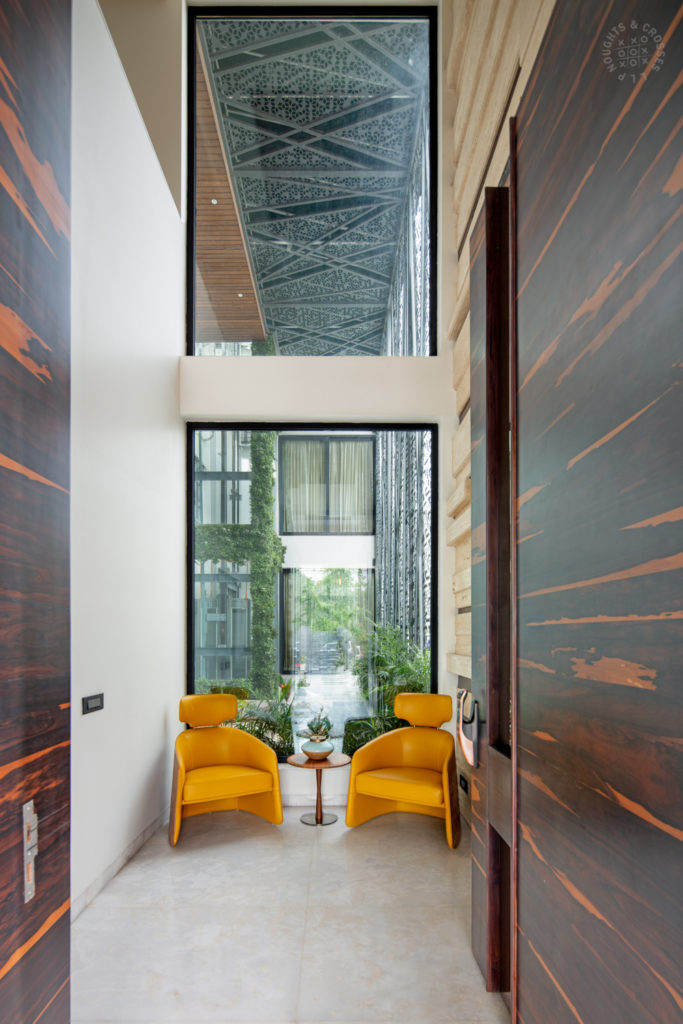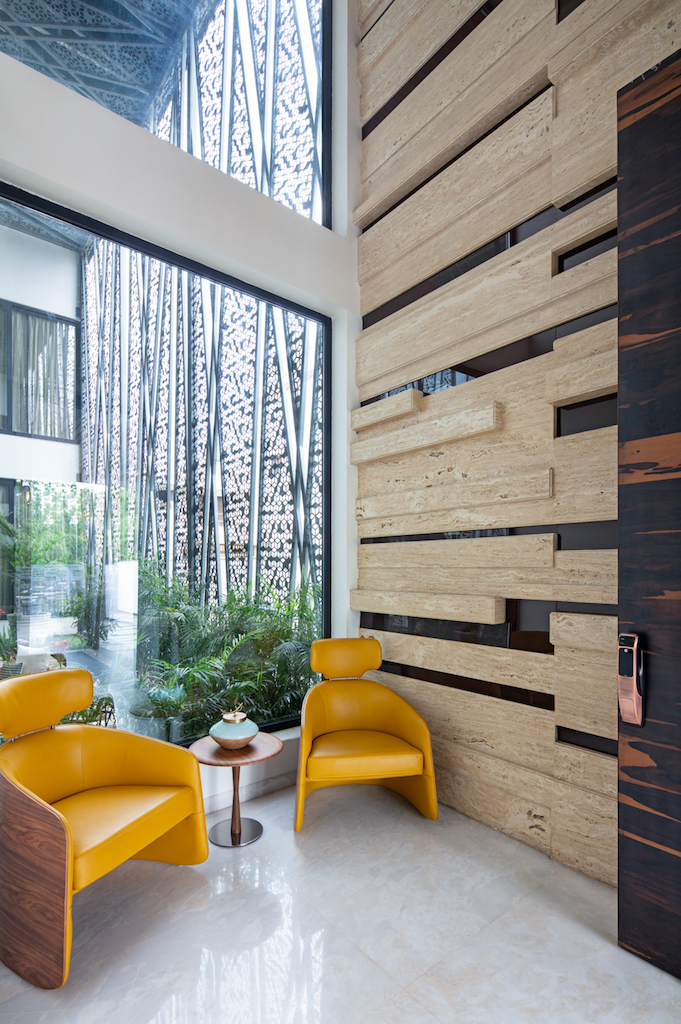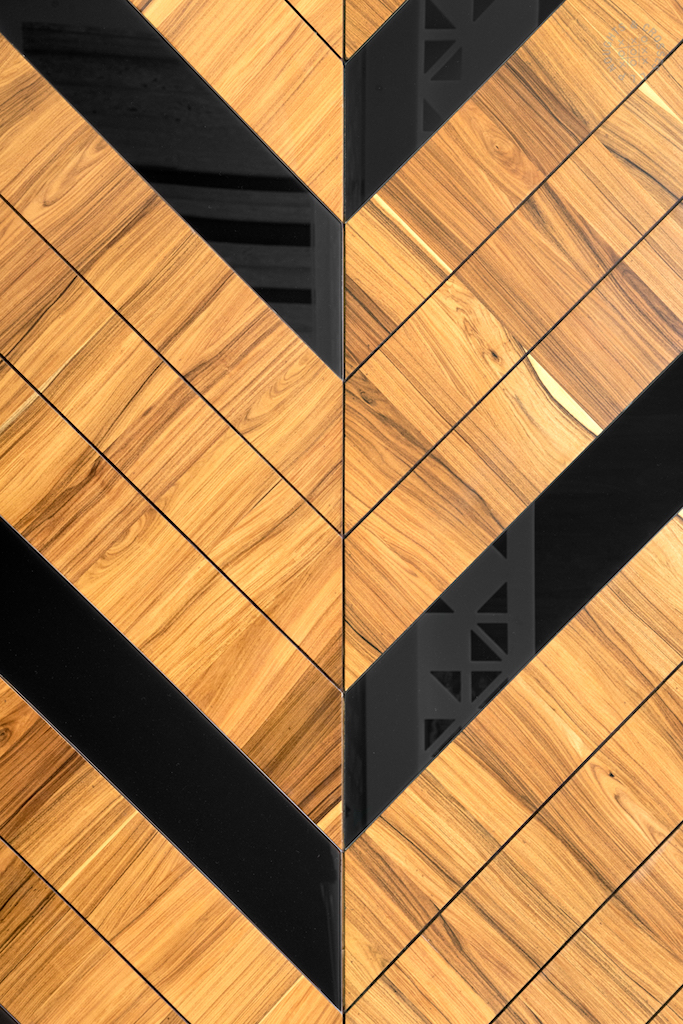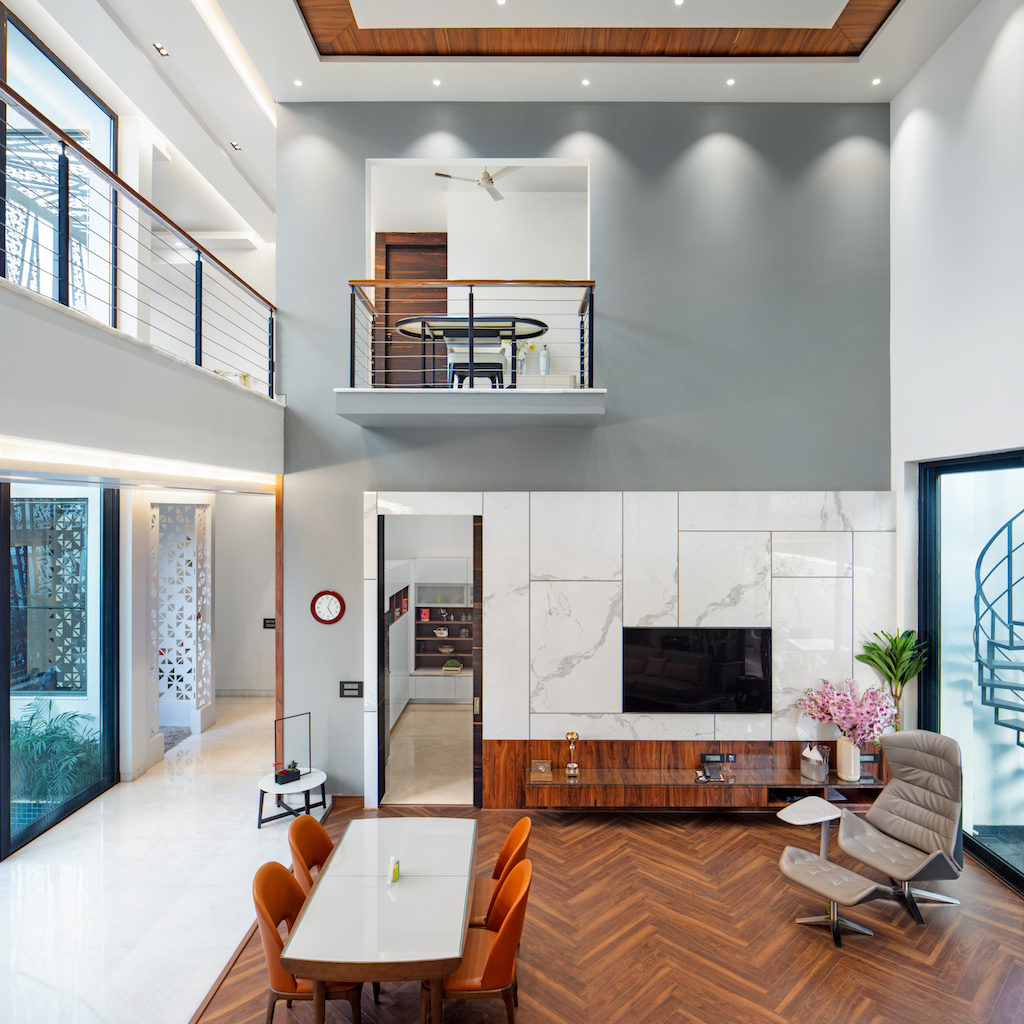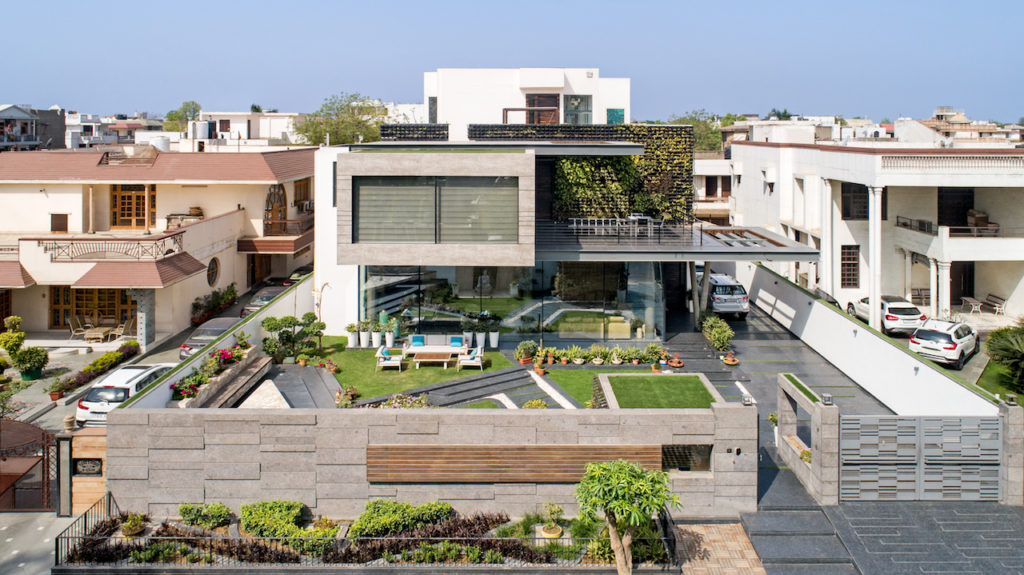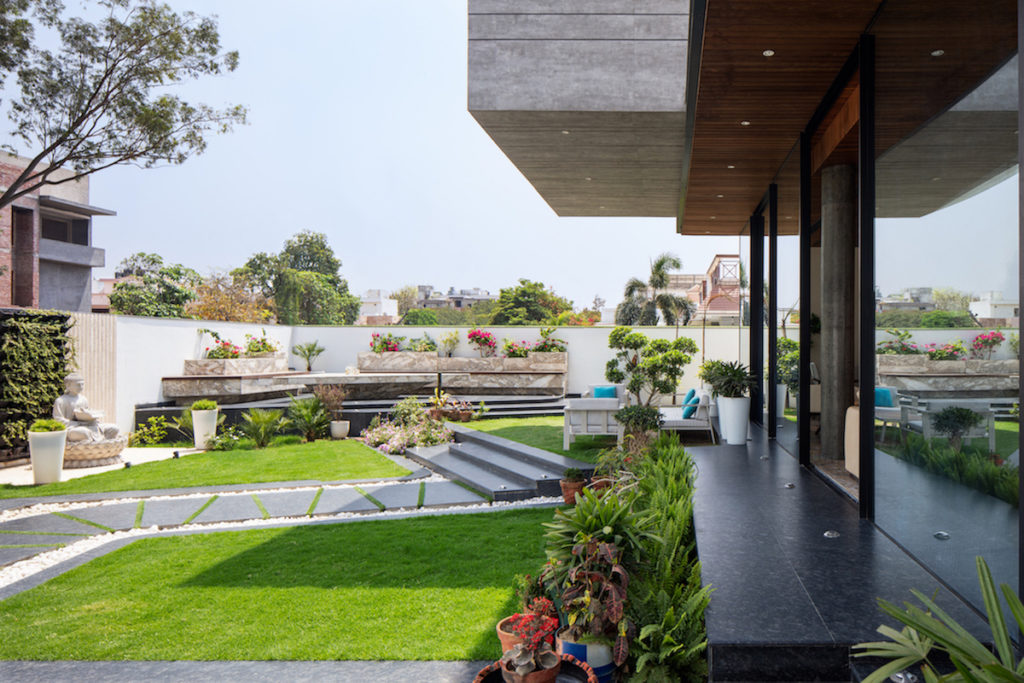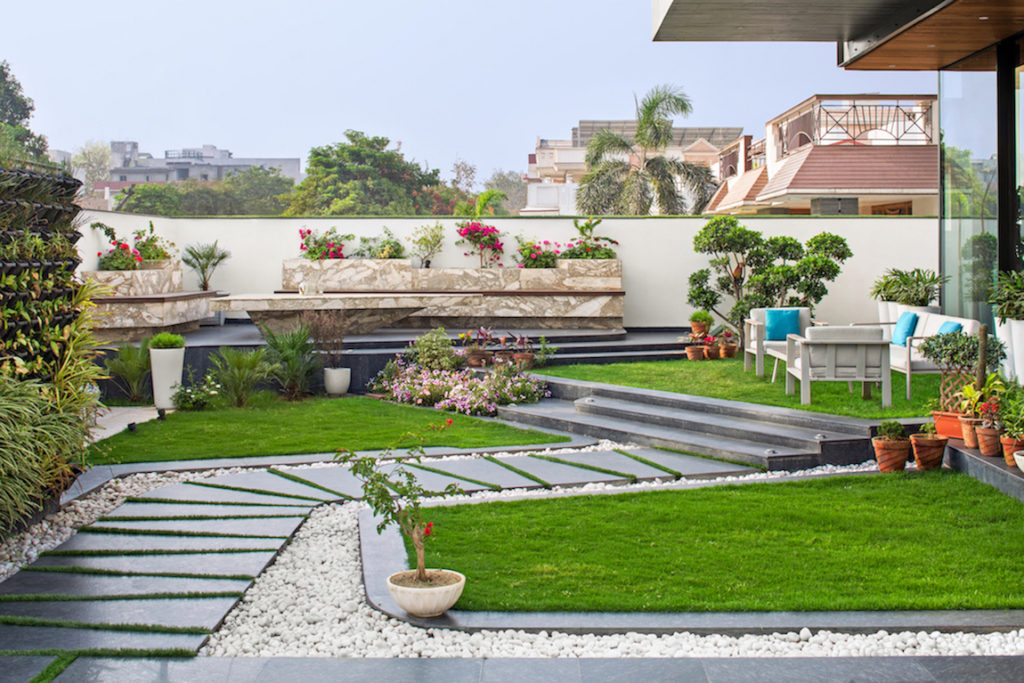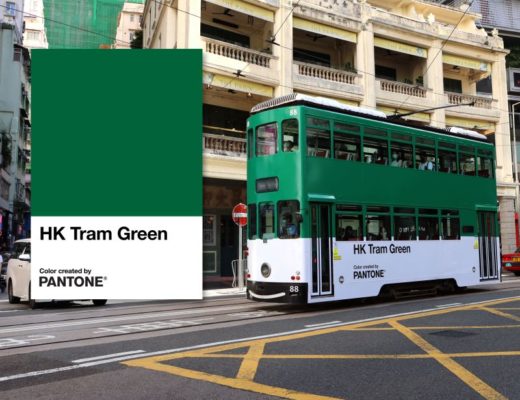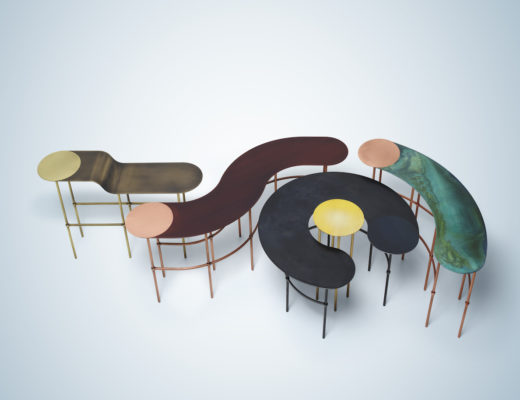The location of the Cantilever House by Zero Energy Design Lab (ZEDL) draws on the regional vernacular. But lead architects and founders of the practice, Sachin and Payal Rastogi, have reimagined the family home of four through a contemporary lens. Located in the Raj Nagar locality of Ghaziabad, part of the National Capital Region of New Delhi, the house has been designed to respond to the clients’ love for outdoor living. It employs a series of mechanisms that minimise resource consumption, and reduce the building’s environmental impact while enhancing the residents’ thermal comfort.

DESIGN CONCEPT
The large cantilevers that the house derives its name from, anchor its design vocabulary, highlighting the scale of the building and breaking its mass through the focus on horizontality. The primary challenge was to design the frame with judicious use of steel for economic viability, given that the cantilevers form a dominant part of the design scheme and a typical one demands adequate steel reinforcement to generate structural integrity. Additionally, the design received skepticism from the client, and workers on the site had to be trained to execute the construction with precision.
The overarching design intent, however, was to create a sense of privacy while channelling an open, connected environment for the family. This took shape through an interesting interplay of living spaces, with the main living areas occupying the ground floor and the private areas located on the first floor.

The design scheme was largely driven by two intertwined narratives: First, to assimilate traditional building wisdom and find an appropriate expression within the contemporary context. Second, the distribution of various private spaces and varying volumes have been planned so as to account for the diversity of usage based on the time of the day and privacy required. As such, a series of connected living spaces, courtyards, and bedrooms were planned with the intent to create a home that could be brought to life throughout the day. Similarly, the cantilever slabs spanning the verandah, render a modern aesthetic while creating shaded spaces underneath.
The geometry of the cantilevered forms is such that it aids in externalising rooms and maximising space, serving not only aesthetic but also functional purposes. Spaces are fluid and interwoven, with interstitial spaces creating seamless transitions from the inside to the outside. As one is led into the house through the double-height lobby on the east-facing entrance porch, they are pleasantly surprised by the garden’s view with a water body. Bringing the exterior environment inside, by providing green areas in the interior spaces, establishes a strong visual connection with the outdoor landscape.

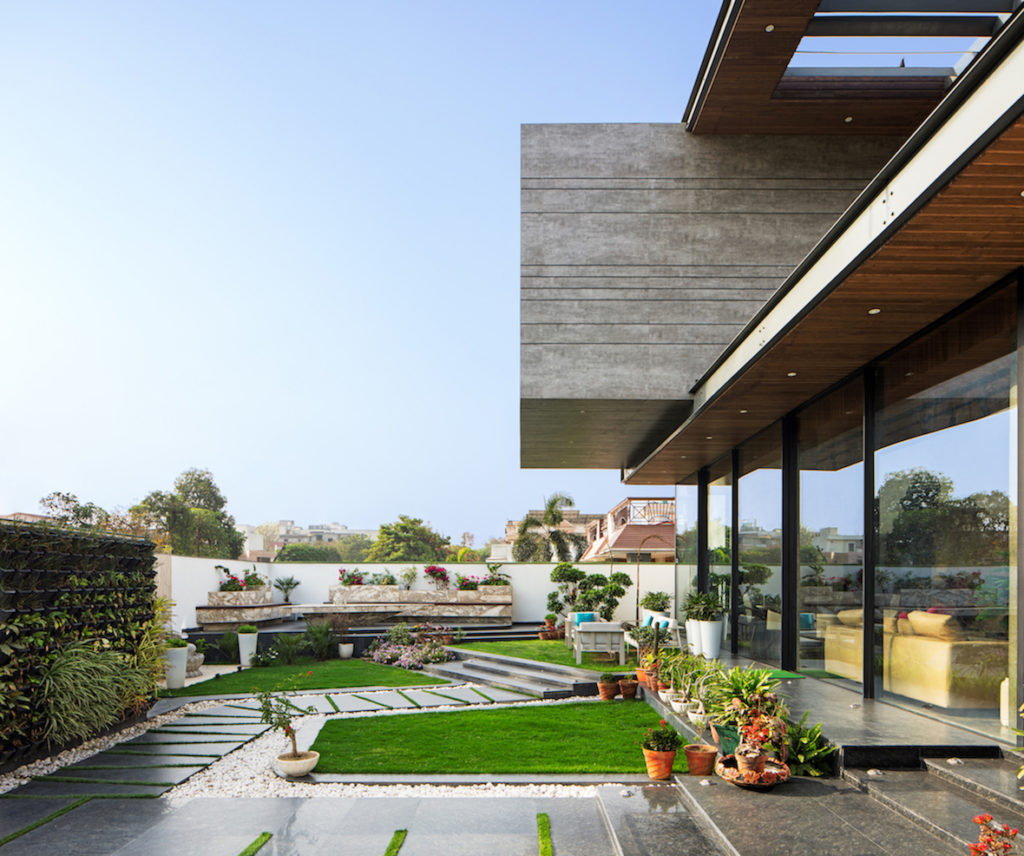
The east (front) elevation of the house features expansive projections that break the mass of the house. The master bedroom, located on the first floor is designed as a cantilevered block, jutting out over the landscaped garden. A large opening brings in ample light whilst offering expansive views of the front lawns.
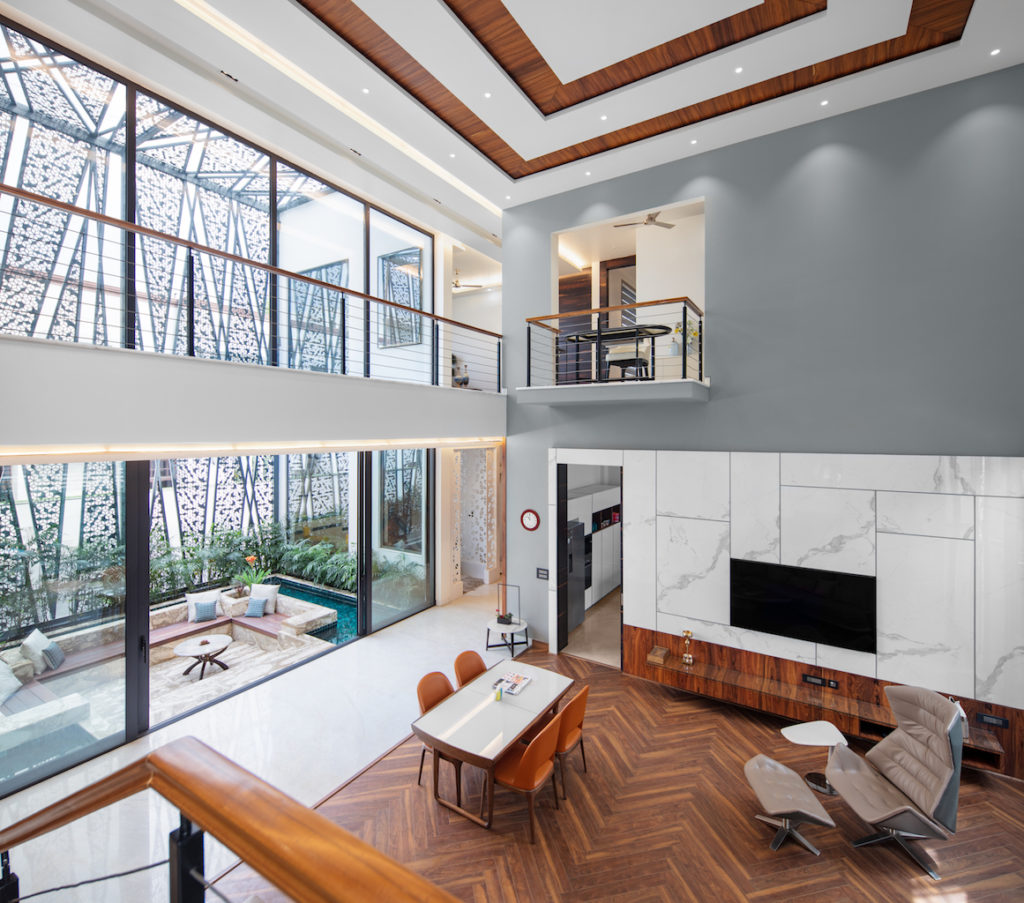
The design lays emphasis on responsible living through its layout, the use of passive cooling techniques and by drawing energy from renewable resources. Metaphorically, the house is an oxymoron, serene and cool, with minimalistic decor, yet simultaneously, adventurous in its design approach.
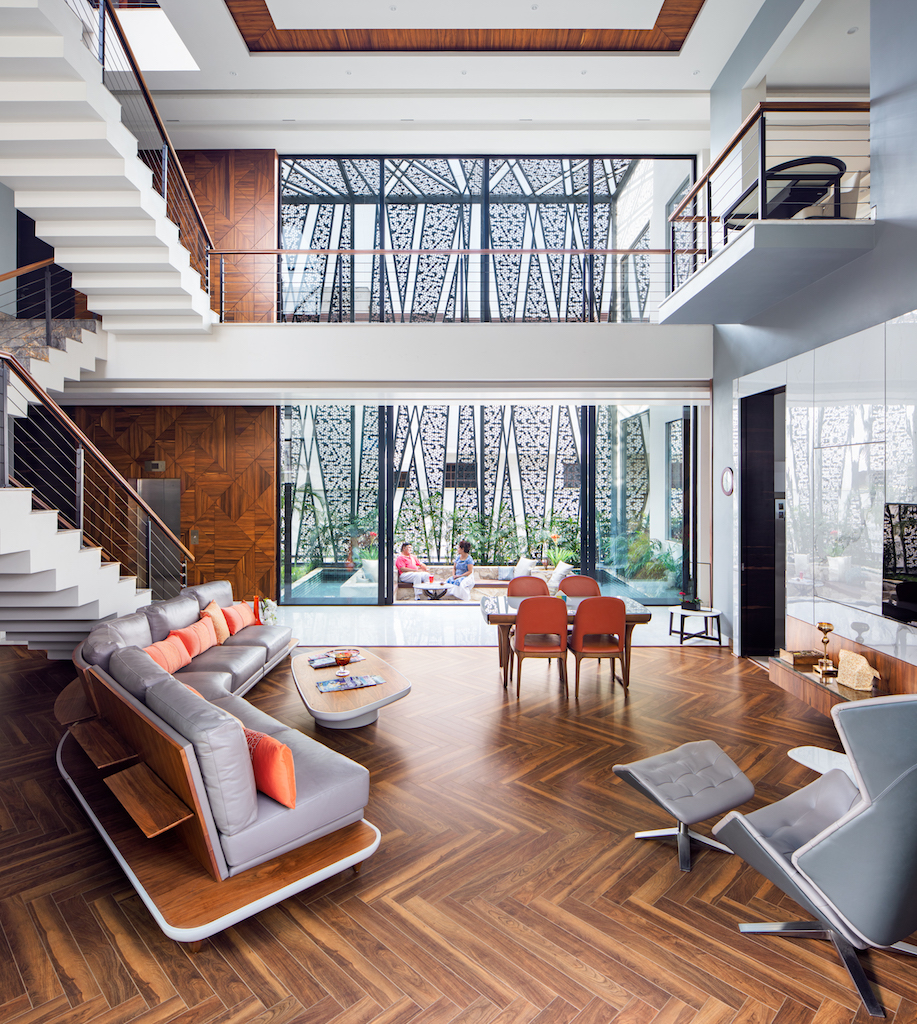
CLIMATIC CONSIDERATIONS
The house responds to the hot and dry climate prevalent in the region through a host of design interventions and passive cooling techniques. By placing the living areas in the north and the east to bring in sufficient daylight and by allocating space for private areas in the west and the south, the house records minimal heat gain throughout the day. The windows on the south are shaded by a pergola to ensure that the south face remains comfortable throughout the year.
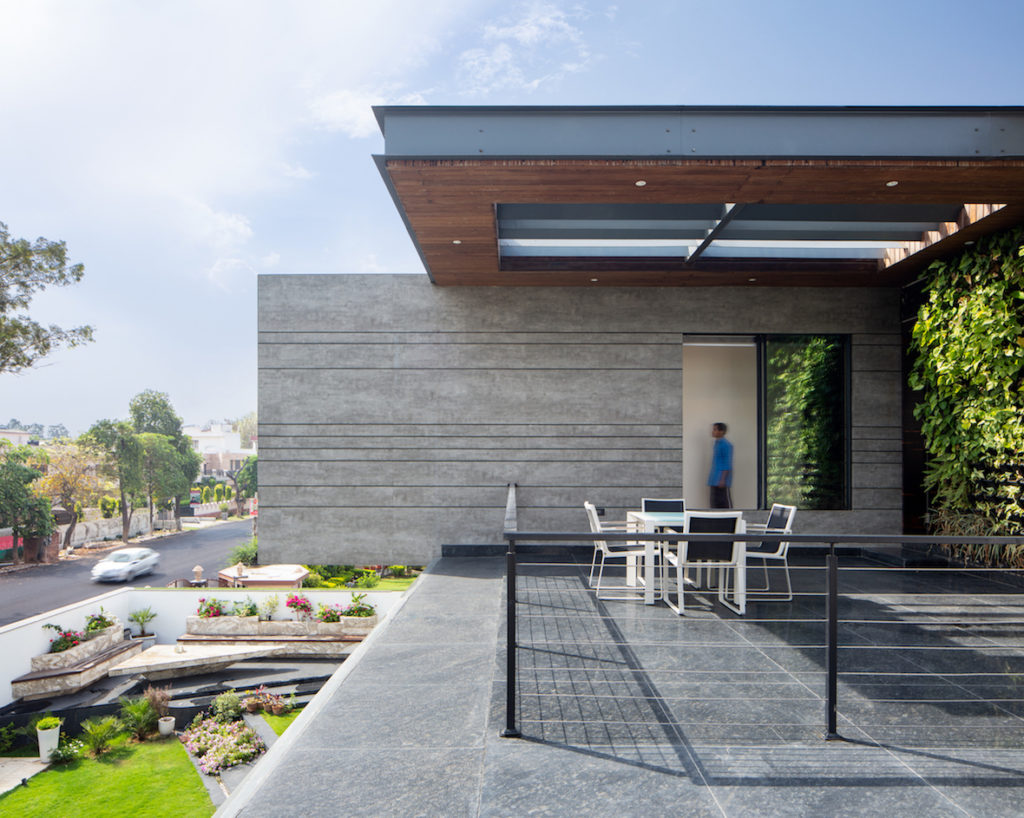
INTERIORS
The interiors comprise a material palette featuring varying shades of browns and greys juxtaposed with the use of bright, upholstered furniture and decor elements. The house is full of cosy nooks, designed for maximum comfort and wellbeing, as well as encouraging responsible living.
SUSTAINABLE DESIGN
The Cantilever House takes into account the harsh North Indian climate and employs a series of mechanisms that minimise resource consumption and reduce the building’s environmental impact while enhancing the residents’ thermal comfort. For example, the double-height lobby is flanked by the summer court on the north and the winter court on the south to enable stack ventilation at all times. The night-time spaces are characterised by optimum thermal mass to protect the day-time spaces from the south and west sun. The north face of the house is glazed to admit diffused daylight and avoid heat gain and glare. To prevent heat gain from the south, the design minimised the number of windows on the south façade and these were shaded further with the addition of a pergola. The facade is fitted with double-glazed units with low-E coating for thermal resistance. Nearly all glazing for the day-time spaces is designed to open into the water court.
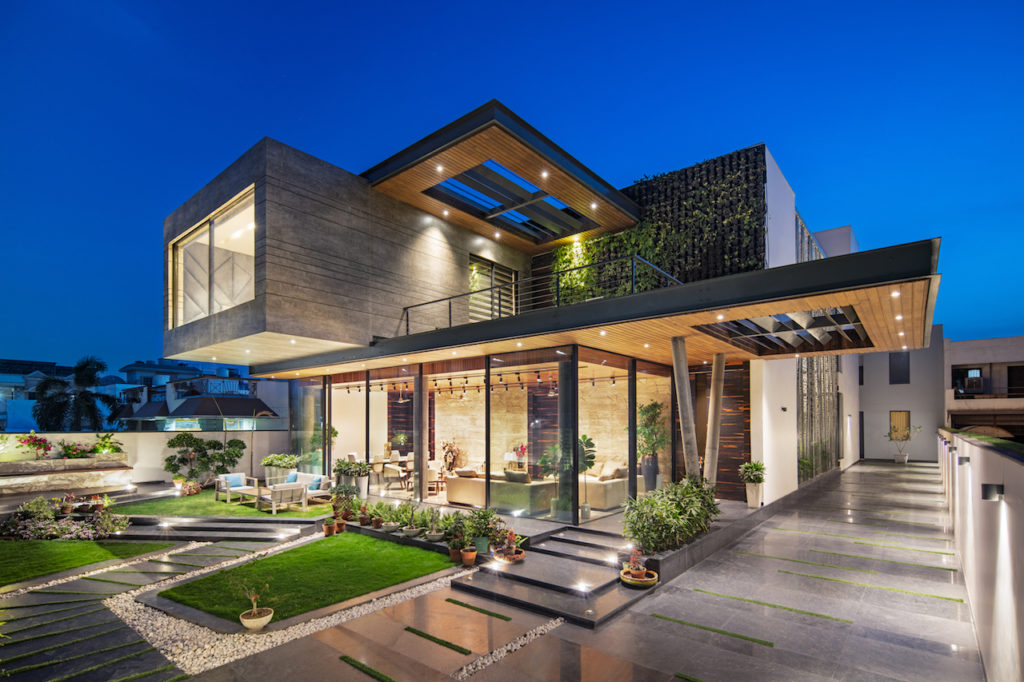
Additionally, the integration of landscape features with the built envelope ensures a cool microclimate for the residents. The water court on the north serves as a heat sink; the plants and vertical garden also contribute to thermal comfort while purifying the air, trapping dust and pollutants. The front and rear lawns along with the water court serve as recharge pits for rainwater harvesting. The residents’ hot water requirements are met by evacuated tube solar hot water systems installed on the rooftop.
PROJECT DETAILS
Principal Architect: Zero Energy Design Lab
Design team: Lead: Sachin and Payal Rastogi | Team: Rohan Mishra, Naveen Pahal, Sakshi Jain
Site Area: 830m2
Built-Up Area: 725m2
Year of completion: April 2020
Photographer: Noughts and Crosses | Andre J. Fanthome
See the full image gallery here:
You might also like:

